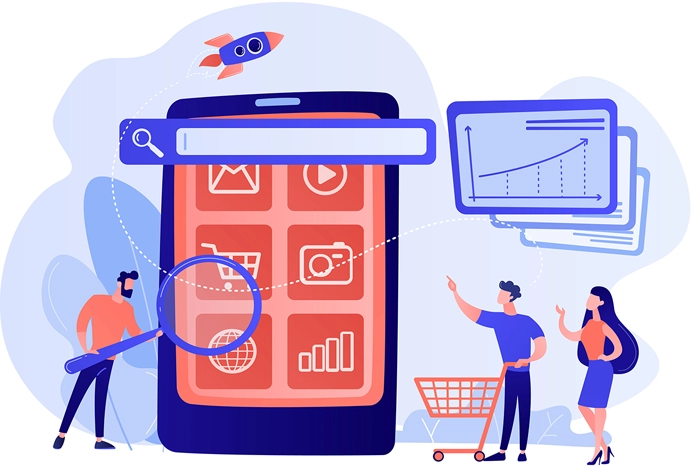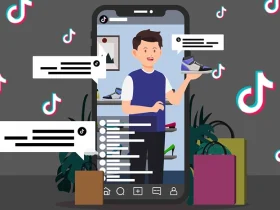
Google Shopping operates like a dynamic marketplace, allowing customers to browse and compare products directly from search results. Unlike traditional marketplaces such as Amazon or eBay, where transactions happen within the platform, Google Shopping directs shoppers to the retailer’s website, where the final purchase takes place. This makes it a powerful tool for driving high-intent traffic straight to your online store.
The Role of Google Merchant
To get started with Google Shopping, businesses must set up a Google Merchant Center account. This is the control panel where merchants manage their product listings, ensuring that their inventory appears accurately across Google’s shopping ecosystem.
Here’s what you’ll need to do to set up your store on Google Merchant:
- Create a Google Merchant Center Account – Sign up at Google Merchant Center and verify your business.
- Upload Your Product Feed – This is a structured file (CSV, XML, or Google Sheets) containing product details like name, price, description, availability, and image links.
- Connect to Google Ads – Google Shopping ads are powered by Google Ads, where you’ll set up campaigns to promote your products.
- Optimize for Performance – Google rewards high-quality listings. Ensure your product titles, descriptions, and images are optimized to maximize visibility.
The Power of Google Shopping Ads
Unlike traditional text-based search ads, Google Shopping Ads feature high-quality product images, prices, and retailer information, giving shoppers a visually appealing browsing experience. These ads appear at the very top of Google search results, often above organic listings, making them one of the most effective ways to capture buyer attention.
Benefits of using Google Shopping Ads:
Higher Click-Through Rates (CTR) – Visual product ads are more engaging than standard text ads.
Better Conversion Rates – Customers clicking on Shopping Ads are often further along in the buying process.
Automated Product Targeting – Google dynamically matches your products to relevant search queries, reducing manual keyword bidding.
Broader Reach – Your products can appear on Google Search, Google Images, YouTube, and even Google Lens.
Free Product Listings: A Hidden Gem
Google Shopping isn’t just for paid ads. Google now offers free product listings, allowing retailers to showcase their products on Google Search and the Shopping tab without paying for clicks. This is an incredible opportunity for small businesses to gain visibility without the overhead of a paid campaign.
To take advantage of free listings:
- Ensure Your Merchant Center is Set Up – The same product feed used for paid ads will be used for free listings.
- Opt into Surfaces Across Google – This feature allows your products to appear in free listings on Google Search, Shopping, and Images.
- Optimize Your Product Data – The better your product titles, descriptions, and images, the higher your chances of appearing in relevant searches.
Maximizing Your Success on Google Shopping
To fully leverage the power of Google Shopping, consider the following strategies:
- Optimize Your Product Feed
Your product feed is the foundation of your Google Shopping success. Ensure that all product details are accurate, up-to-date, and optimized for search. Use high-quality images, clear product titles, and detailed descriptions with relevant keywords.
- Use Smart Bidding Strategies
Google offers automated bidding options like Target ROAS (Return on Ad Spend) and Maximize Conversions, which use machine learning to optimize your bids for better performance.
- Leverage Performance Max Campaigns
Performance Max is Google’s AI-driven campaign type that expands your reach across all Google properties, including Search, YouTube, Display, Discover, and Gmail. This is especially useful for retailers who want to maximize visibility without managing multiple campaigns manually.
- Monitor & Adjust Regu larly
Like any advertising platform, success on Google Shopping requires ongoing optimization. Regularly review your performance data, adjust bids, refine product titles, and test different images to improve conversion rates.
Conclusion
Google Shopping is more than just an advertising platform—it’s a powerful ecommerce engine that can significantly boost your store’s visibility and sales. Whether you’re running paid Shopping Ads or leveraging free product listings, having a presence on Google Shopping ensures that your products reach the right customers at the right time.
If you’re not already using Google Shopping, now is the time to get started. The potential to drive high-intent traffic, increase conversions, and grow your brand’s online presence is too valuable to ignore.




